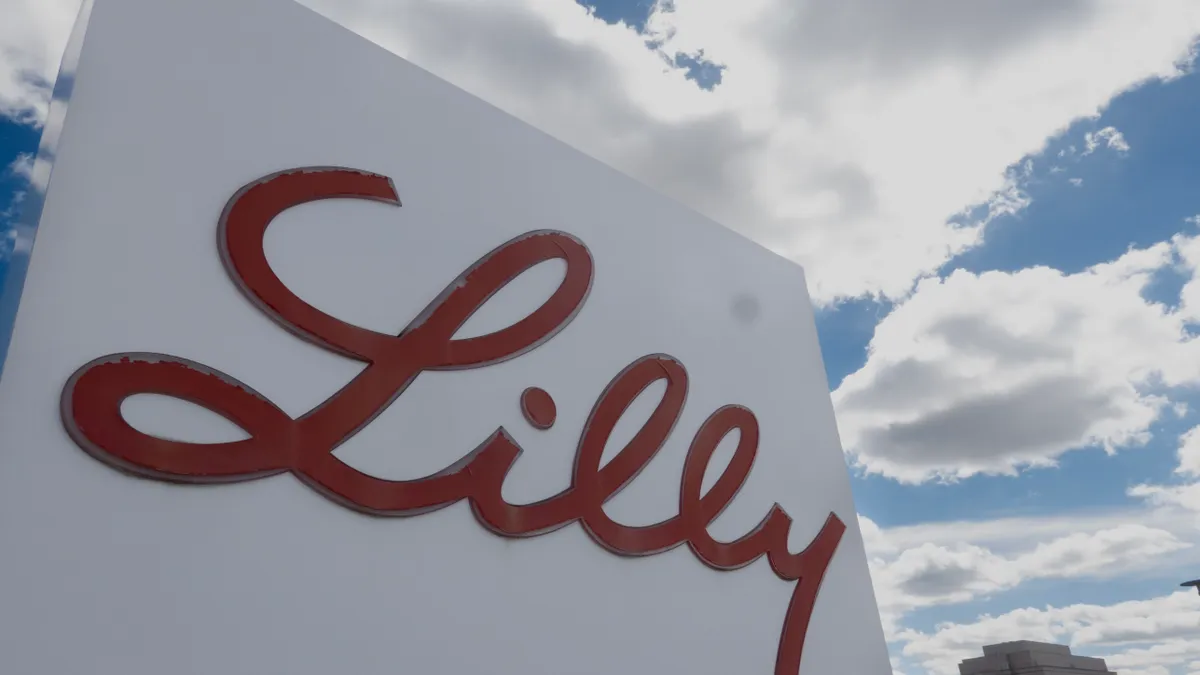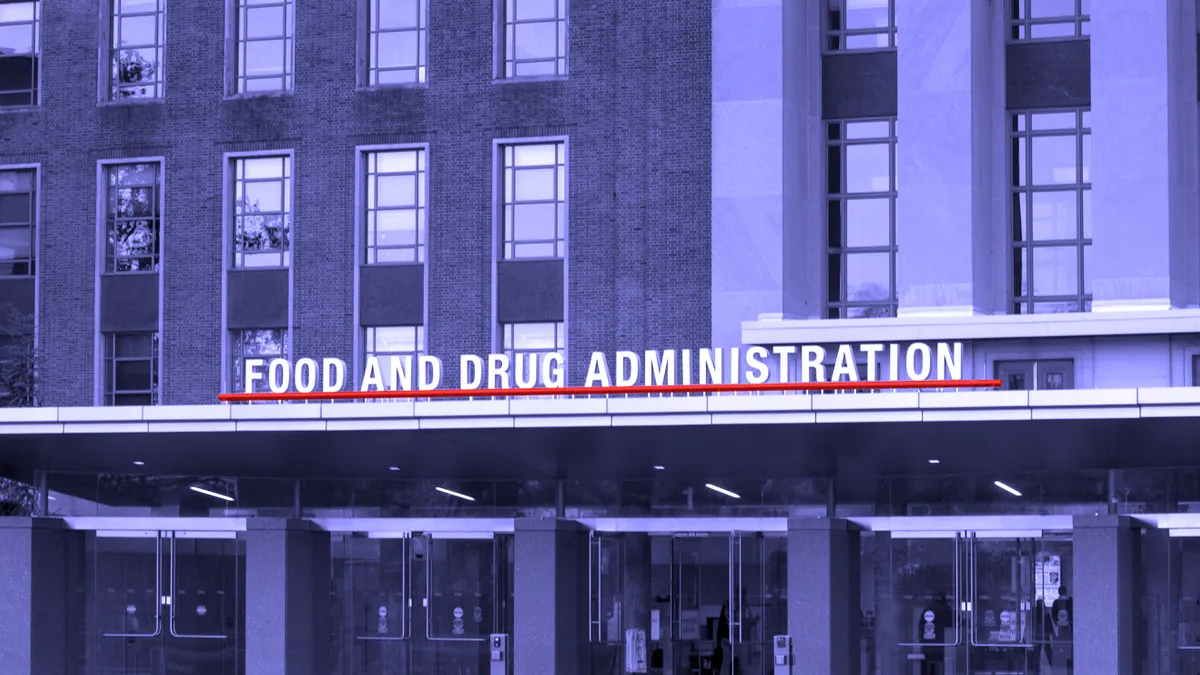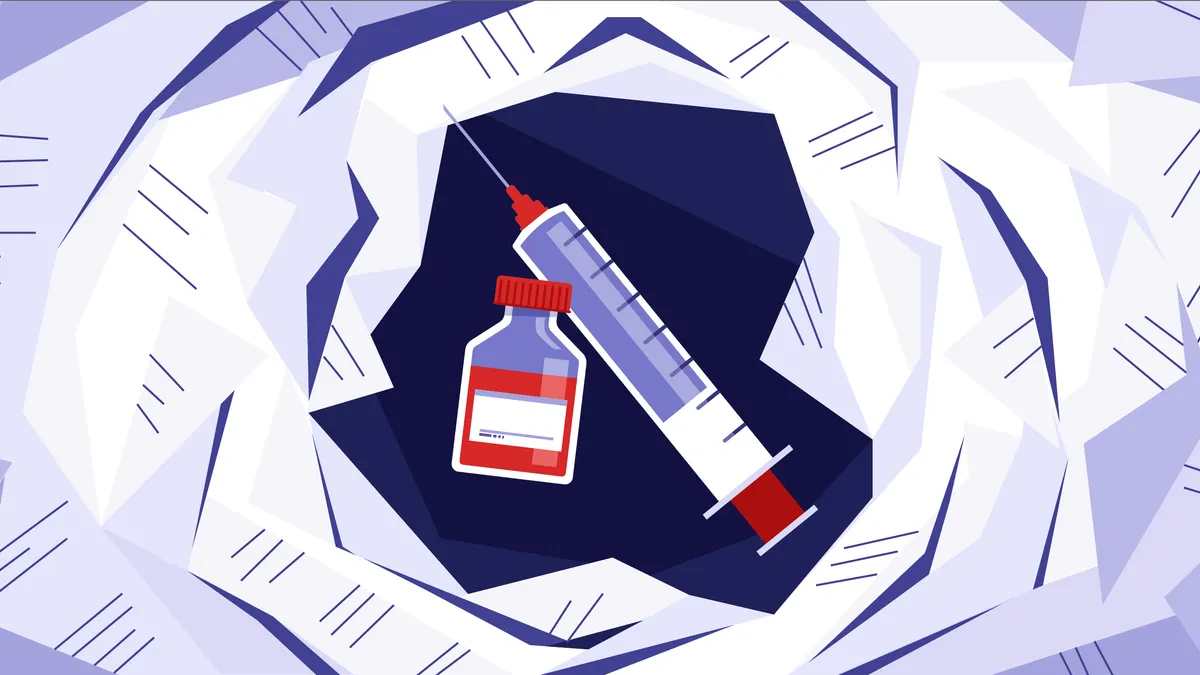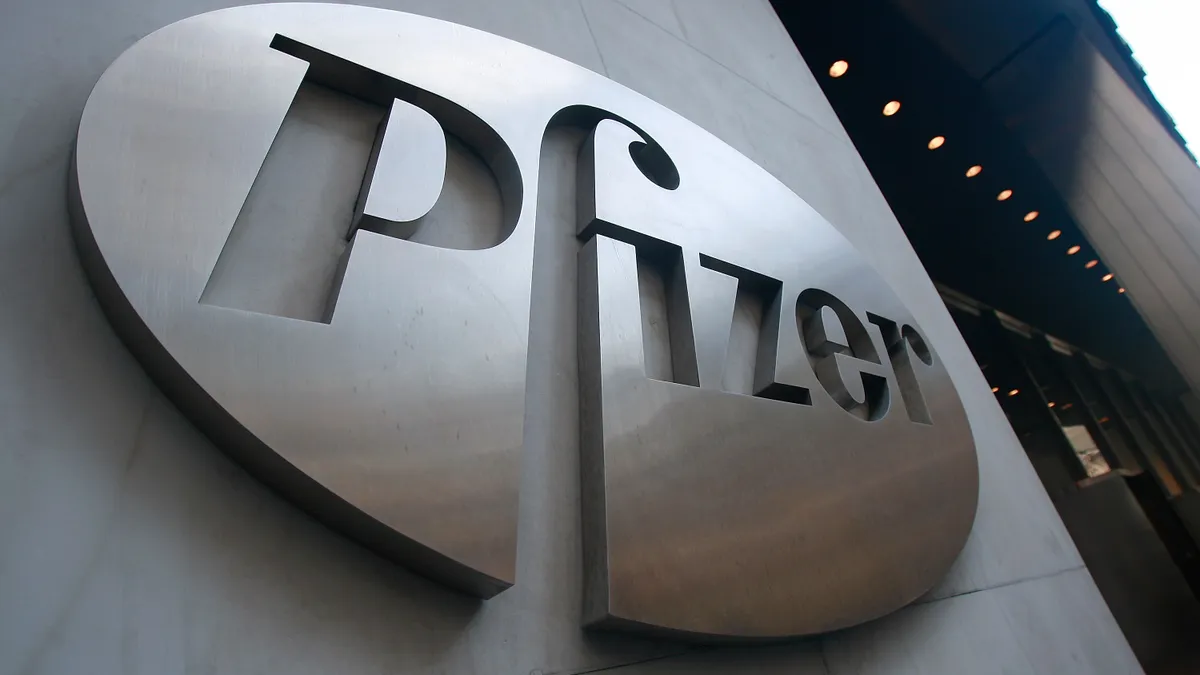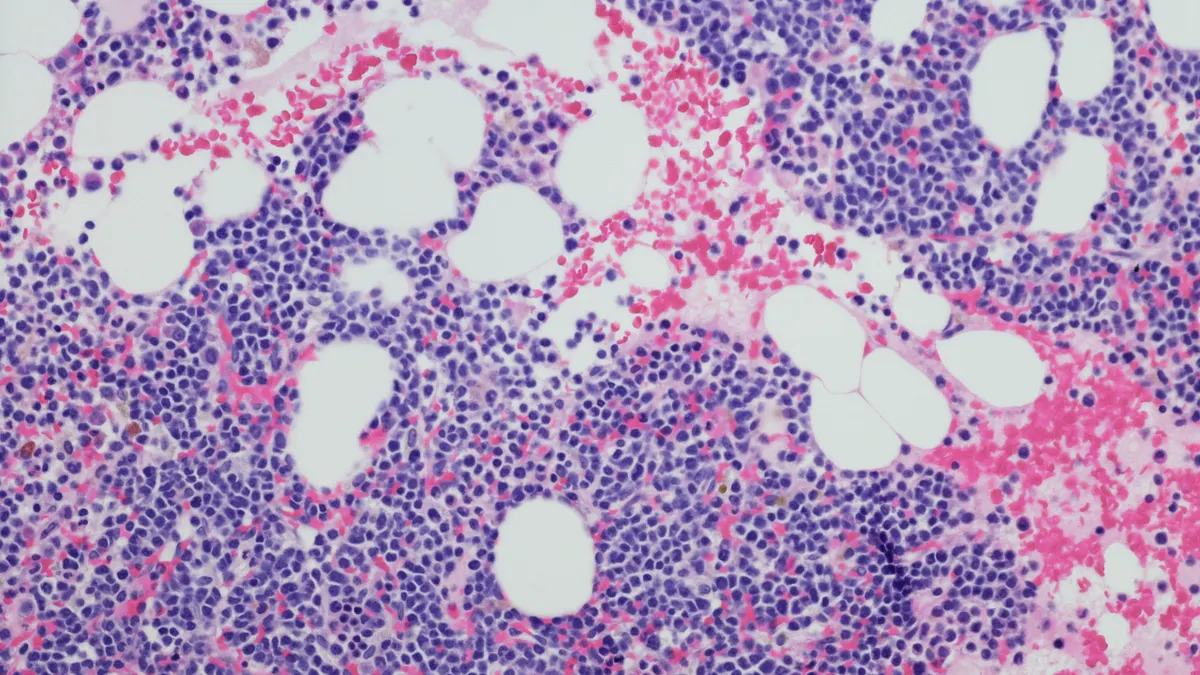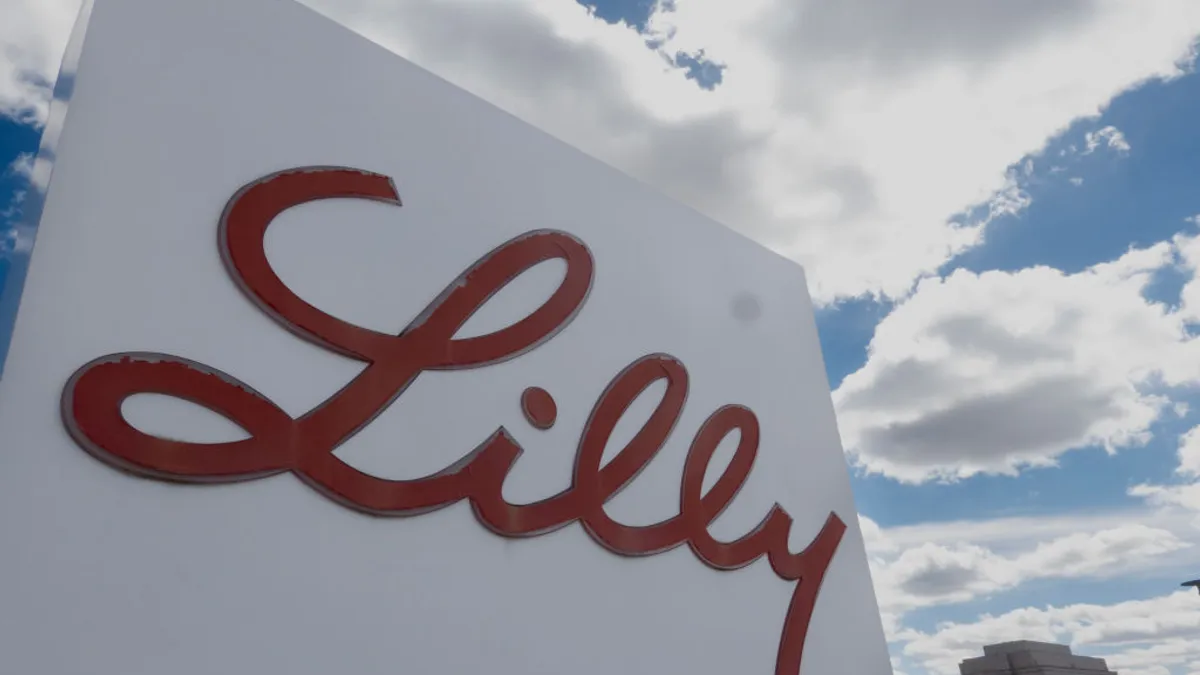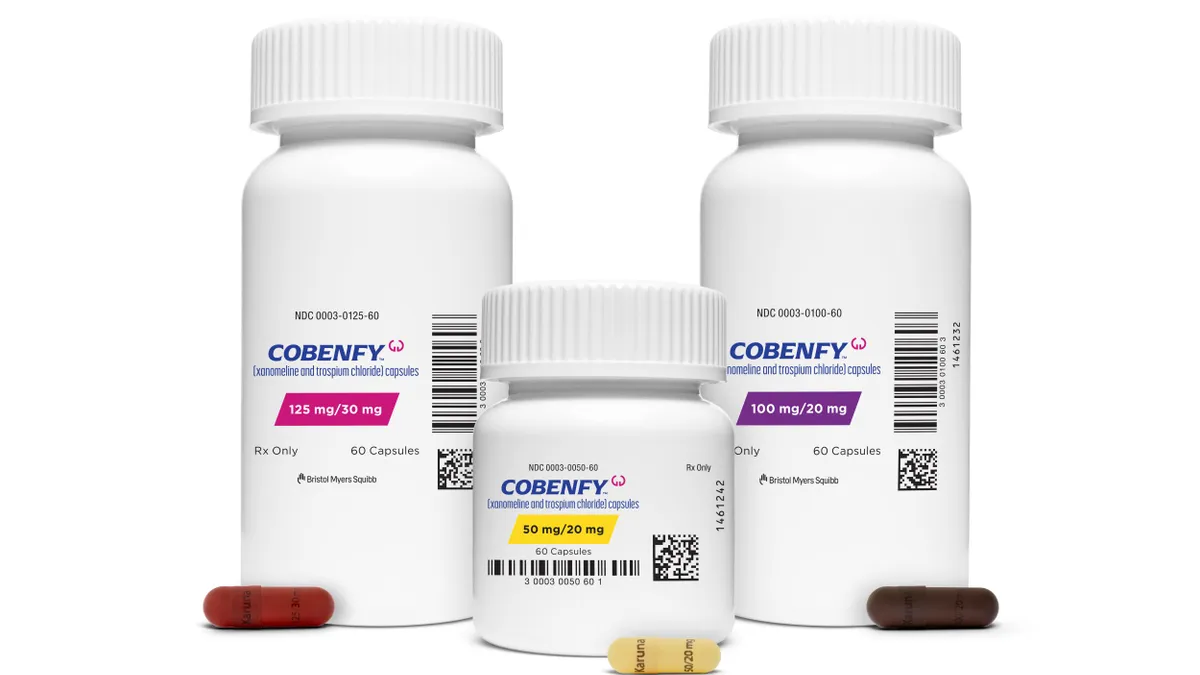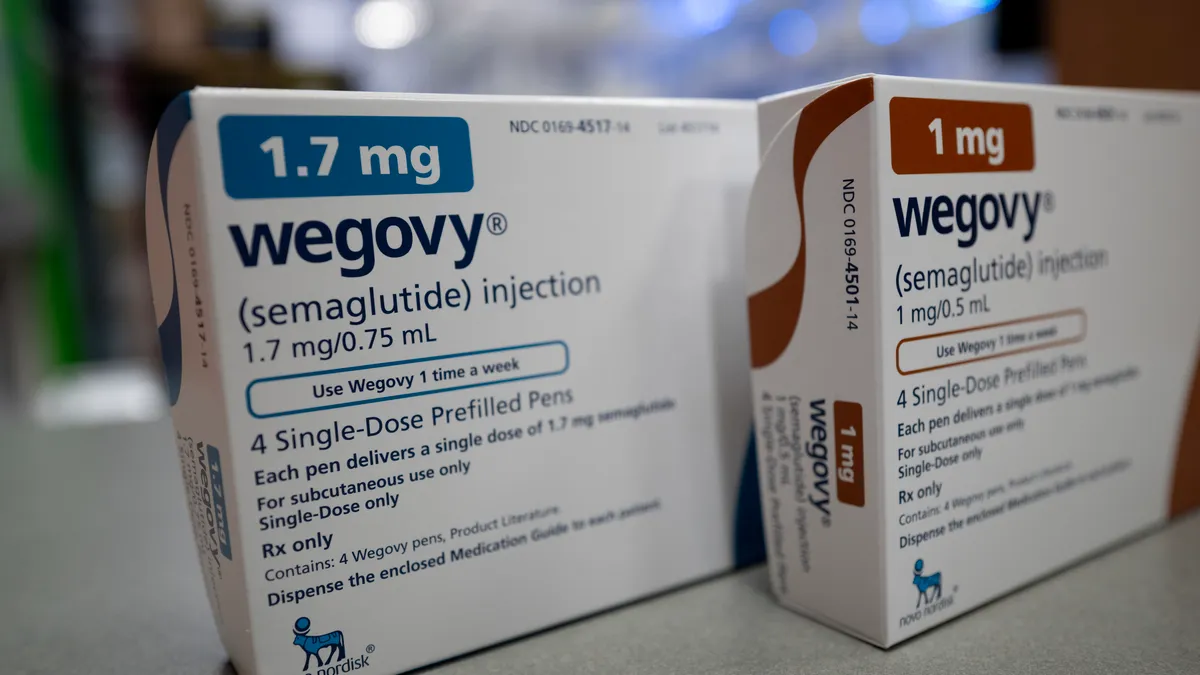Eli Lilly’s seemingly inexorable growth hit a speed bump Wednesday, when the Indianapolis drugmaker reported earnings for the third quarter that missed Wall Street expectations and sent shares down sharply.
Overall, revenue reached $11.4 billion between July and September, up 20% from the same period last year but higher by only 1% versus the second quarter and well below the consensus forecast of about $12.1 billion.
Lilly’s sales and stock price have swelled on surging demand for the company’s GLP-1 medicines Mounjaro and Zepbound, which it respectively sells for diabetes and obesity.
The company has had difficulty meeting that demand, though, leading to shortages that have hampered the drugs’ availability. (In October, the Food and Drug Administration officially removed Mounjaro and Zepbound from its shortage list, but is now reconsidering that decision.)
Compared to the third quarter last year, sales of the two drugs are significantly higher, respectively reaching $3.1 billion and $1.26 billion during the period. But both totals were lower than analysts expected and roughly flat compared to the second quarter.
Lilly said wholesalers purchasing fewer doses negatively impacted U.S. sales of Mounjaro and Zepbound by mid-single digits as a percent of total sales in the country. Wholesalers had previously stocked up toward the end of the second quarter, according to Lilly.
Shares were down by double digits early Wednesday, dragging down a market capitalization that had ballooned beyond $900 billion previously. The stocks of other obesity drugmakers were affected, too, with rival Novo Nordisk falling by more than 3%.
Lilly also trimmed its guidance for the year, shaving $600 million off the top end of its estimated revenue range, which it now puts between $45.4 billion and $46 billion.
Lucas Montarce, the company’s new CFO, said the guidance update was done to reflect Lilly’s balancing of “demand creation activities” and new market launches with its production. “This is the driver for lowering the top end of the range,” he said on an earnings call Wednesday.
The company also cut its earnings per share guidance to between $12.05 and $12.55 on a reported basis to reflect both the lowered revenue forecast and accounting charges taken in association with Lilly’s acquisition of Morphic Therapeutic earlier this year.
David Risinger, an analyst at Leerink Partners, described Lilly’s GLP-1 drug sales as a “big miss” versus expectations but, writing in a client note Wednesday, said his team views the “investment thesis as unchanged since the company is just getting started in commercializing obesity products globally.”
Company executives said something similar, noting how, after accounting for the wholesaler impacts, underlying demand continues to grow.
“We do see acceleration of both brands in [the third quarter] over [the second quarter] in actual consumption,” said company CEO David Ricks, who noted he expects that to continue as Lilly begins advertising for Zepbound.
Along with Novo, Lilly has led the pharmaceutical industry’s charge into obesity treatment. Zepbound, which contains the same active ingredient as Mounjaro, can help clinical trial participants lose as much as one-fifth of their body weight. Further testing has shown it holds benefits for people with heart failure and sleep apnea, too.
A more recent study found that weekly injections also reduced the risk of developing diabetes, and Lilly is testing the drug’s effects on heart and kidney disease as well.
Novo’s drugs Ozempic and Wegovy have proved similarly potent in curbing weight, diabetes and heart risk.
In response to that success, pharma and biotechnology companies are racing to develop their own competitors, testing new twists on targeting GLP-1 or attempting to replicate the drugs’ effects in a pill, rather than injection.
Both Lilly and Novo have successors of their own, though. Two of Lilly’s, retatrutide and orforglipron, are now in Phase 3 testing, with data expected next year and in 2026. Novo, meanwhile, is awaiting a major readout for its combination drug cagrisema later this year.
Editor’s note: This story has been updated with executive commentary.



